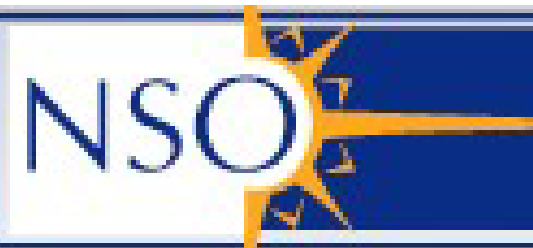Poster Abstracts
Name/Affiliation: Ed Gillen (University of Oxford)
Title:
The first low-mass, pre-main sequence eclipsing binary with evidence of a circumbinary disk
Abstract:
We present a new double-lined, detached eclipsing binary, which comprises two pre-main sequence M dwarfs and shows evidence of circumbinary material. This unique system, which could be a precursor of the circumbinary planetary systems discovered by Kepler, enables us to test evolutionary models of low mass stars, and the interaction between a close binary and a circumbinary disk. It was discovered by the CoRoT space mission during a continuous, 23-day observation of the NGC2264 star-forming region. We used the CoRoT photometry together with WHT/ISIS and VLT/FLAMES spectra to solve the orbit and derive the fundamental parameters of both stars, obtaining: Porb=3.874575 ± 0.000001 days, M1=0.67 ± 0.01 M?, M2=0.495 ± 0.007 M?, R1=1.30 ± 0.04 M? and R2=1.11 ± 0.05 R?. This system lies in a region of parameter space where observational constraints of stellar evolution models are scarce; comparison with several families of these models indicates an apparent age of ~3.5–6 Myr, consistent with the age of NGC2264. The system’s spectral energy distribution shows a mid-infrared excess that can be modelled as thermal emission from dust in the inner cavity of a circumbinary disk. Additionally, the CoRoT light curve contains large-amplitude, rapidly evolving out-of-eclipse variations, which might be due in part to occultations of the central stars by the dust or the inner edge of the disk. We are now analysing the out-of-eclipse variability using a second season of coordinated CoRoT, Spitzer and CFHT/MegaCam observations. We will also discuss variations in the system’s multi-component Ha line profile. This is one of a dozen eclipsing binary systems discovered during CoRoT observations of NGC2264, spanning a wide range of primary masses, mass ratios and orbital periods. We are in the process of obtaining orbital solutions for all of these, and I will also present a brief update on this work.




